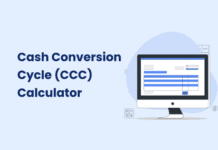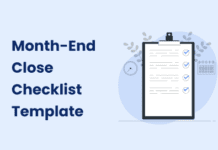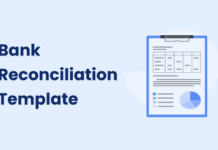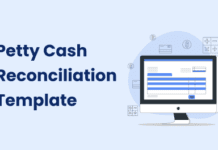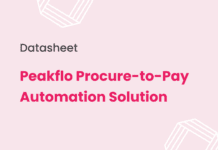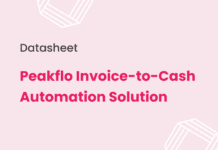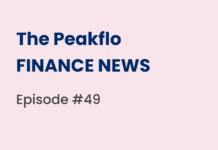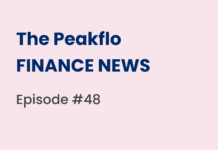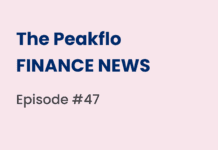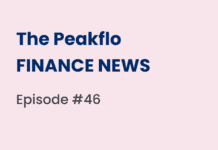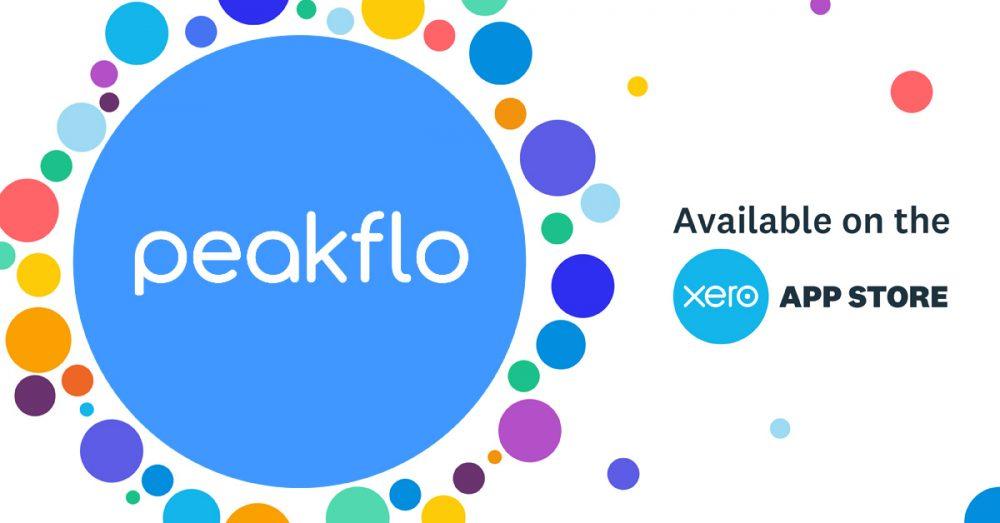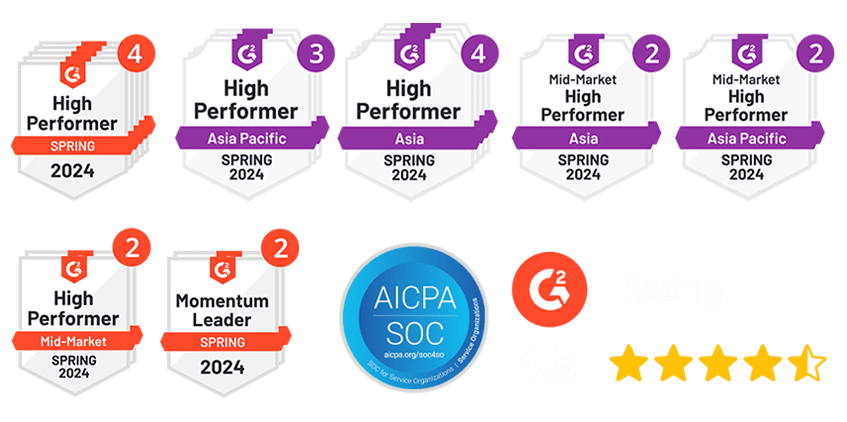Short pay can cause several problems for businesses, such as cash flow issues, stressed relationships with customers, and extra work to fix the problem. In some cases, it can also increase the risk of bad credit and financial losses.
But, by managing short payments well, businesses can reduce these problems and keep good relationships with their customers.
This article will share helpful tips on how to handle short pay, including talking to customers, negotiating a solution, and making credit notes or invoice changes.
By following these guidelines, businesses can minimize the impact of short pay on their operations and financial management.
What Is a Short Pay
Short pay happens when a customer pays less than the amount on the invoice. This can happen for different reasons, such as disagreements about the product or service, confusion about the pricing, or if the customer wrongly applied a discount or credit.
When this happens, the supplier or vendor should act to fix the problem. This could include talking to the customer to understand why the payment was less and finding a solution. In some cases, the supplier may need to issue a credit note or adjust the invoice to match the amount paid.
Why Do Businesses Short Pay Invoices?
Here’s a simplified version of each point:
- Poor quality: The customer might feel that the product or service didn’t meet their expectations, was damaged, or didn’t match what was agreed upon.
- Payment disputes: The customer might argue about the amount they were charged because of confusion or disagreement over pricing, terms, or discounts.
- Contract issues: The customer may think the supplier didn’t fulfill their part of the contract, such as delivering on time.
- Money problems: The customer may be facing financial difficulties, causing them to pay less than the full invoice amount temporarily.
Apart from valid reasons, there could be other unexpected reasons why a customer might pay less than expected:
- Mistakes made during the payment process.
- The customer tries to get an early payment discount after the deadline.
- The buyer only pays some of the invoices and doesn’t provide full details, making it harder to match the payment.
- The customer might be using short payments to manage their cash flow.
- The customer hopes the supplier will write-off the short payment.
To handle short-payment issues effectively, businesses should address them quickly and professionally. This helps keep good relationships with customers, avoids bigger disputes, and ensures the smooth delivery of goods and services in the future.
When Is Short Pay Considered Invalid?
Here are some examples of invalid reasons for paying less than the full payment:
- Third-party payment delays or disputes: If a customer is waiting for payment from someone else or having a disagreement with them, it’s not a valid reason to pay less. The business has still done its part and should be paid in full.
- Mistakes in paperwork: If the invoice has errors like typos, it’s not a good reason to pay less. Instead, the customer should contact the supplier to fix the issue and ask for a new invoice.
- Cash flow issues: Paying less to manage cash flow, like holding onto money to avoid paying others, is not acceptable. Paying suppliers on time is important to keep good relationships and avoid legal problems.
- Personal reasons: Paying less because you don’t like the supplier or their accounts receivable teams is not a valid reason. It can hurt business relationships and affect the quality of goods or services.
How Does Short Pay Impact Your Business?
The business impact of short payment can be detrimental to a company’s financial health and operational efficiency.
When customers remit payments that fall short of the invoiced amount, known as short pays, it frequently stems from disagreements, inconsistencies, or deductions related to invoicing. This increases the administrative burden, as businesses must monitor and resolve such matters to reclaim the unpaid funds, which can be both laborious and resource-demanding.
Short pays can also hurt a company’s cash flow, as it might take longer to collect the unpaid amounts, or the money may never be collected at all. This can strain relationships with customers and affect their satisfaction and loyalty.
By implementing effective strategies for managing short pay, such as investing in technology to automate invoice processing and streamlining dispute resolution processes, businesses can mitigate the negative consequences and maintain healthy cash flows.
How to Resolve Short Payments?
Resolving short pays effectively requires a proactive approach and clear communication with customers.
1. Identify the Cause of the Short Pay
The first step in handling a short pay is to find out why the customer paid less than the invoice amount. Check the invoice and any related documents, like purchase orders or contracts, to spot any errors or discrepancies. This helps you understand if the issue is due to mistakes or deductions made by the customer.
2. Contact the Customer
Once you know the reason for the short pay, reach out to the customer quickly. Be polite and professional when discussing the issue. Ask for clarification on why they paid less and explain the situation. Having proof, such as documents or evidence, will help in your conversation.
3. Negotiate a Solution
Be ready to listen to the customer’s side and work toward a solution. If they have a valid reason for the short payment, be understanding. You might need to negotiate a fair outcome that works for both sides. The goal is to reach an agreement without damaging the relationship.
4. Improve Your Invoicing Process
To avoid future short pays, improve how you handle invoices. Use automation tools to make the invoicing process faster and more accurate. Make sure all details are clear and correct, and set clear rules for billing that both your accounts receivable teams and customers can follow.
5. Track Short Pays Over Time
Keep track of short pays to spot patterns or issues. Monitoring these payments can help you find recurring problems, allowing you to address them early. By understanding customer needs better, you can improve cash flow and strengthen relationships with your customers.
Dispute Management vs Deduction Management in Resolving Short Paid Invoices
Deduction management and dispute management are two important processes businesses use to handle short payments, which happen when customers pay less than the amount on the invoice. While both deal with discrepancies between what was invoiced and what was paid, they focus on different issues.
Deduction management is about handling legitimate reasons for customers paying less, like discounts, allowances, or promotions. These are usually agreed upon between the business and the customer to encourage certain behaviors or meet goals. The goal of deduction management is to make sure these deductions are valid, applied correctly, and documented properly to avoid revenue loss.
On the other hand, dispute management deals with situations where customers pay less because they believe there’s a mistake or issue with the invoice. These disputes can be caused by errors in billing, differences in pricing, or problems with the quality or delivery of goods and services. Dispute management aims to identify the cause of the disagreement, communicate with the customer to resolve it, and take steps to prevent similar issues in the future.
Both deduction and dispute management are crucial for resolving short payments. By improving these processes, businesses can keep their cash flow healthy, maintain customer satisfaction, and run more efficiently.
Best Practices to Reduce Short Payments
- Accurate invoicing: Ensure that all invoices are accurate, complete, and free of errors, including correct pricing, quantities, product descriptions, and customer information, to minimize disputes.
- Clear payment terms: Establish and communicate transparent payment terms and conditions, including payment deadlines, early payment discounts, and penalties for late payment.
- Prompt invoicing: Issue invoices as soon as possible after the delivery of goods or services to reduce the likelihood of payment disputes and maintain a consistent cash flow.
- Consistent formatting: Use a consistent invoice format that is easy to read and understand, with all necessary information clearly presented, to avoid confusion and reduce the risk of short payments.
Keeping the format of your invoice consistent will be challenging if you’re using more than one source of truth. Centralizing your invoice generation with Peakflo’s eInvoicing solution which will unify the format of your invoice and provide transparency at scale.
- Invoice confirmation: Ensure the customer has received the invoice and has all the required information to process the payment.
- Regular follow-ups: Send constant reminders and touch base with customers prior to payment due dates, confirming their awareness of payment responsibilities and addressing any inquiries or concerns they might have.
If following up on customers takes a lot of your time, consider automating payment reminders. Peakflo’s Reminder Automation support multi-channel triggers (WhatsApp, email, SMS) and are easily customizable based on the escalation matrix so you can reach customers and get paid faster.
- Efficient dispute resolutions: Develop a structured process for addressing and resolving disputes quickly and fairly, minimizing the impact on cash flow and customer relationships.
Companies often are blocked from resolving disputes as it’s difficult to keep businesses and customers aligned on an invoice. Peakflo offers an all-in-one Customer Portal where customers can see an overview of their invoices, make payments, and raise disputes. This efficiently solves any issues efficiently without hurting your invoicing cycle. - Monitor customer payment patterns: Keep track of individual customer payment habits to identify trends and address potential short payment issues before they become problematic.
Most companies, however, do not have enough insights into their customers’ payment behavior due to the lack of documentation. Peakflo offers real-time customer status tracking reports with AI predictions to help you keep a tab on the outstanding balance of invoices on a customer level and their payment behavior so you can improve your collections strategy. - Maintain open communications: Foster open communication and trust with your customers, enabling you to address potential short payment incidents more effectively and maintain strong business relationships.
- Automate invoicing processes: Implement automation tools and software to streamline invoicing, minimize human errors, and ensure consistency and accuracy in billing information.
Whether you’re dealing with short pay or other invoice issues, it’s time to take action before any negative impact affects your business. By leveraging automation, improve your end-to-end AR management and bring profits to your operations. Try out Peakflo today!
FAQ
What is short billing?
Short billing happens when the amount on an invoice is less than what was agreed upon or expected. It means the customer was charged less than they should have been.
What does short paid mean?
“Short paid” means that the payment made is less than the amount owed on an invoice. This can happen because of a mistake, miscalculation, or intentional underpayment. The customer will need to pay the remaining balance to complete the payment.
Is it legal to short-pay an invoice?
Short paying an invoice means paying less than what was charged. This can happen if the customer disagrees with some charges or makes an error, but it could also be intentional. Generally, it’s not a legal practice, and the full amount is still expected to be paid.
How do I fix a short payment?
If a payment is short, it’s best to talk to the person or company that made the payment to understand why it happened. From there, you can figure out how to resolve the issue and get the remaining balance.
What is deduction management?
Deduction management is the process of tracking and verifying payment deductions. If a customer underpays, the accounts receivable team uses tools like deduction codes to figure out why and ensure the full amount is eventually paid.









![Why AI Sales Calls Are Making Good Sales Reps Even Better [2025 Guide] ai sales calls](https://cdn-kmjmp.nitrocdn.com/YvtqmrsiHUxqerlSiZgbfzqqTARWTElr/assets/images/optimized/rev-834053b/blog.peakflo.co/wp-content/uploads/2025/09/65168cf6-3001-4733-8cbc-12d5684cf449-218x150.webp)










